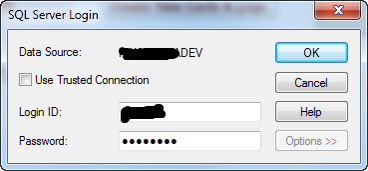


The next step(s) is/are to retrieve the values of all the other columns requested by the query. The first step is to retrieve the primary key values of the records of the result set. Snapshotīefore we look at some query examples, we need to take a step back and understand how the different RecordsetTypes for queries/recordsets in Access work with ODBC linked tables.īy default, Microsoft Access opens the recordset from a query as a writeable Dynaset recordset (a keyset cursor). The basic mechanisms are not specific to Microsoft SQL Server but are the same for any ODBC linked DBMS database, like Oracle, MySQL, or PostgreSQL. I don’t deal with ADPs in this article, but the processing and performance of queries in an ADP is essentially identical in this context to the pass-through queries described here.įor this text I assume that all tables are in a Microsoft SQL server database and linked to an Access frontend via ODBC. The original reason for this article was the comparison between an ADP (Access Data Project, now deprecated) and the traditional method of linking tables of a server DBMS via ODBC in an Microsoft Access MDB/ACCDB database. – Despite it being 19 years old as of today, the content of this text is still relevant today (2021).

This text is the revised, expanded, and translated rewritten version of a posting in the newsgroups de.-access and .access.clientserver originally posted December 23, 2001. Microsoft Access - ODBC Linked Tables – Mechanisms and Performanceīy Philipp Stiefel, originally published


 0 kommentar(er)
0 kommentar(er)
